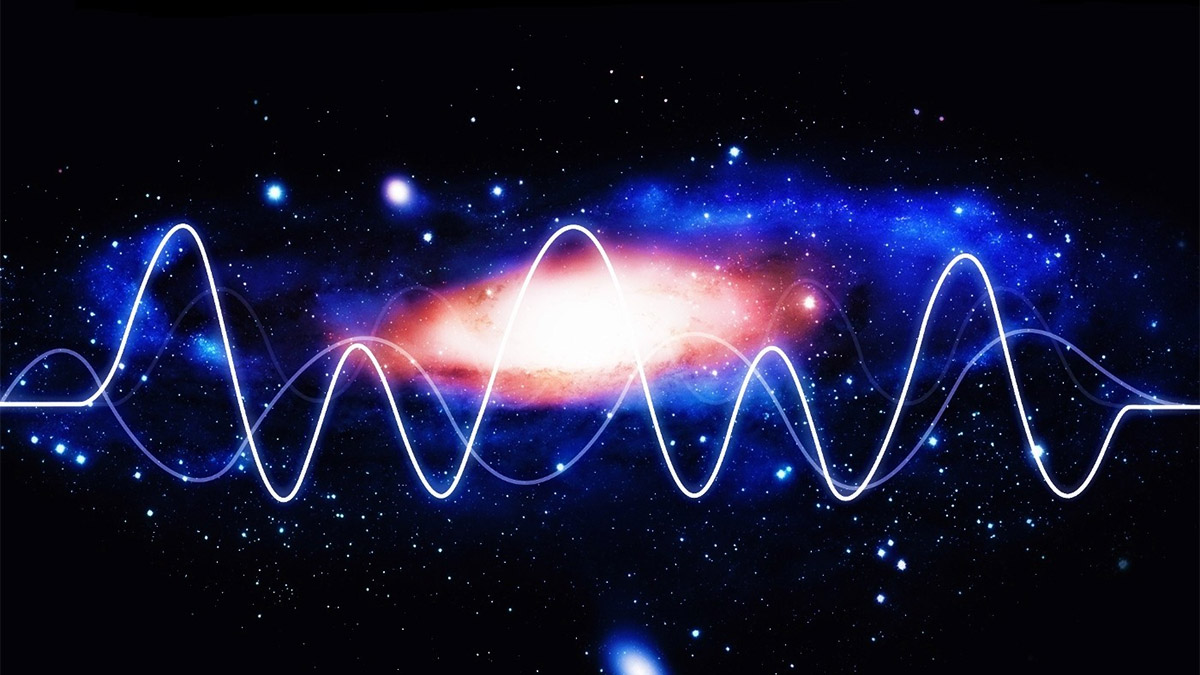good news everyone! we’re actually mostly right about the universe.

Planck’s unblinking eye on the sky far from Earth was supposed to map the cosmic background radiation, the echos of the Big Bang, to figure out whether the previous CMBR maps were right and see how much we know about the universe and how it works. Now, after more than a year of very strenuous stargazing, some 29 papers are behind published on the results, and while they adjust the proportions of ordinary matter, dark matter, and dark energy slightly, they’re still very much in line with what we thought we knew about the cosmos. There’s more ordinary matter like the type that makes everything we see and touch, a decent dollop more dark matter, and a little less dark energy, which means that the universe’s inflation rate is slightly slower and the age of all space as we know it is slightly higher, which makes it 13.81 billion years old rather than 13.77 billion, give or take a few tens of millions of years. But otherwise, not much needs to change in a science textbook aside from having them pay even less attention to some exotic theories.
Honestly, it’s a little boring because science really likes to make breakthroughs and having the universe as seen by Planck present us with a completely different CMBR landscape than WMAP would’ve made a few hundred careers and even a couple of Nobel Prizes, as well as attract a lot of attention to the field. But at the same time, science ultimately needs to stand up to scrutiny at every level and once in a while, it’s nice to get pretty much what you expect from an experiment, showing you that you have a good grasp of the big picture. And this doesn’t mean that there’s a lack of projects in cosmology’s future. If anything, Planck showed us that we have the outlines of the cosmic puzzle right and have filled out a good chunk of the inside. We could start channeling more and more time and effort into resolving more complex mysteries within a well established framework to uncover what’s behind enigmatic anomalies and exactly why the CMBR map looks the way it does, which would give us a more accurate view of the Big Bang…





